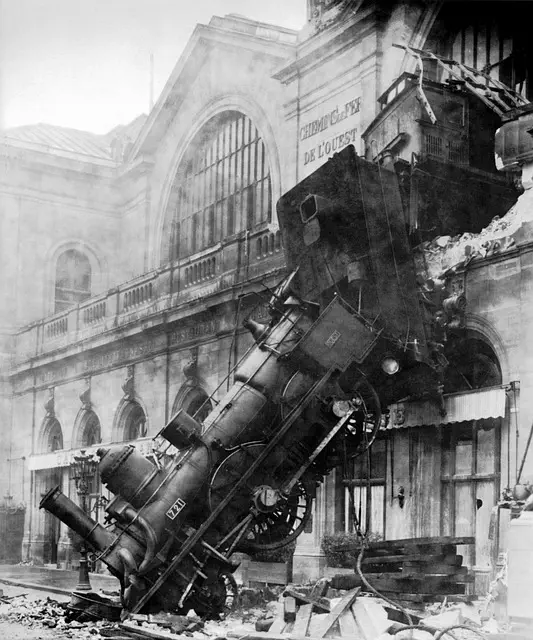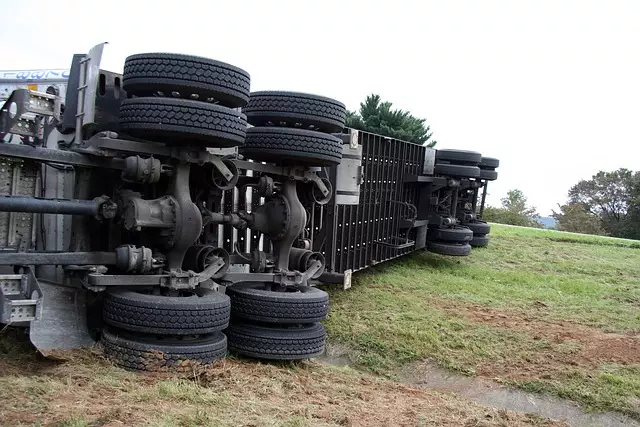In New York, strict workplace safety regulations aim to prevent closed head injuries, with the Occupational Safety and Health (OSH) program setting standards. Employers must provide training, PPE, and conduct regular inspections, especially for potential long-term effects of such injuries. Non-compliance results in severe consequences, including fines and legal actions. Prompt action on worker reports and compliance with safety protocols are crucial to maintaining a safe work environment, avoiding legal repercussions, and protecting employees from hazards like closed head injuries in high-risk industries like construction and manufacturing.
In New York, workplace safety regulations are paramount, with strict guidelines aimed at protecting employees from harm. This article delves into the critical issue of safety violations, focusing on a prevalent concern: closed head injuries in Queens. We explore the legal implications and fines associated with negligence, highlighting the responsibilities of employers to prevent such injuries. Additionally, we empower employees by outlining their rights and the process of reporting violations, supported by real-world case studies of high-profile workplace safety lapses. Understanding these aspects is crucial for fostering a safer New York work environment, especially in addressing closed head injuries.
- Understanding Workplace Safety Regulations in New York
- Common Causes of Closed Head Injuries in the Workplace
- Legal Implications and Fines for Safety Violations
- Employer Responsibilities to Prevent Head Injuries
- Employee Rights and Reporting Violations
- Case Studies: High-Profile Workplace Safety Violations
Understanding Workplace Safety Regulations in New York

In New York, workplace safety regulations are strictly enforced to protect employees from various hazards, including closed head injuries—a common yet severe concern in many industries. The state’s Occupational Safety and Health (OSH) program, administered by the Department of Labor, sets standards for a safe and healthful work environment. These regulations cover a wide range of issues, from fall protection and hazard communication to machine safety and personal protective equipment (PPE).
Employers in New York are required to provide a comprehensive training program to educate workers about potential risks, including the proper use of PPE, emergency procedures, and how to report unsafe conditions. Additionally, they must conduct regular inspections and maintain records of all safety-related incidents and violations, especially those involving closed head injuries, which can have long-term effects on an employee’s health and well-being. Understanding and adhering to these regulations are crucial steps towards creating a safer workplace environment in Queens or any part of New York.
Common Causes of Closed Head Injuries in the Workplace

Closed head injuries, a serious concern in any workplace but particularly in high-risk industries like construction and manufacturing in New York, often result from various factors. One of the most common causes is blunt force trauma, which can occur when workers are involved in accidents such as falls, being struck by falling objects, or collisions with heavy machinery. These incidents can lead to concussions, brain injuries, and other traumatic brain injuries (TBIs).
Another significant contributor to closed head injuries is repetitive impact or vibration. Workers who engage in tasks that involve constant pounding, jarring movements, or exposure to high-vibration equipment are at risk. This includes construction workers handling heavy tools, factory employees operating machinery, and even office staff using computer keyboards for extended periods. In New York, where workplace safety regulations are stringent, recognizing these common causes is vital to prevent such injuries and ensure a safer work environment.
Legal Implications and Fines for Safety Violations

In New York, workplace safety violations are taken very seriously, and employers found to be in breach of health and safety regulations face significant legal consequences. Fines for safety violations can range from substantial monetary penalties to license revocation or even criminal charges. The severity of the punishment often depends on the nature and extent of the violation, with recurring or willful neglect being treated more harshly. For instance, a workplace that fails to provide proper personal protective equipment (PPE) may face fines and legal action, especially if it results in an employee sustaining a closed head injury.
New York State has strict regulations regarding worker safety, particularly focusing on preventing injuries and illnesses. Employers must adhere to these standards to ensure a safe work environment. Failure to do so not only puts employees at risk but also exposes businesses to potential lawsuits and financial burdens. Legal implications can include civil lawsuits for damages, where employees who suffer injuries like closed head injuries in Queens due to employer negligence may seek compensation for medical expenses, lost wages, and pain and suffering.
Employer Responsibilities to Prevent Head Injuries

Employers in New York have a legal obligation to provide a safe workplace, and this includes taking proactive measures to prevent head injuries, especially given the potential for severe consequences. A closed head injury, also known as a traumatic brain injury (TBI), can occur due to various hazards on construction sites or other industrial settings. Employers must implement safety protocols and train employees on recognizing and mitigating these risks.
This includes ensuring proper protective gear is provided and used, such as hard hats designed for impact protection. Regular safety inspections should identify potential dangers, and appropriate measures should be taken to rectify any issues. Additionally, employers should foster a culture of open communication where employees feel comfortable reporting hazards or near-miss incidents without fear of retaliation. Prompt investigation and correction of these reports are crucial steps in preventing future closed head injuries in Queens or anywhere in New York state.
Employee Rights and Reporting Violations

In New York, employees have a right to work in a safe environment free from hazards that could lead to injuries, including closed head injuries. According to labor laws, employers are obligated to identify and mitigate risks, providing adequate training and safety gear. If an employee witnesses or experiences a violation of these safety standards, they have the right to report it without fear of retaliation.
Reporting violations is crucial in maintaining a safe workplace. Employees should be encouraged to document unsafe conditions, including details about the violation, location, date, and time. This information can be used to file a formal complaint with the appropriate regulatory body, such as the New York Department of Labor, ensuring that the issue is addressed promptly.
Case Studies: High-Profile Workplace Safety Violations

In recent years, several high-profile workplace safety violations in New York have brought significant attention to the critical need for stringent adherence to safety protocols. One such case involves a construction site accident where a worker suffered a severe closed head injury due to a lack of proper protective gear and inadequate safety measures. This incident led to extensive legal repercussions and highlighted the potential consequences of ignoring workplace safety standards.
Another notable instance was a manufacturing plant fire that resulted in multiple injuries and property damage. The root cause analysis revealed serious violations, including faulty equipment maintenance and an absence of regular fire safety training. These cases serve as stark reminders of the importance of proactive safety measures and thorough compliance with regulations, such as those related to preventing closed head injuries in New York.
In New York, understanding and adhering to workplace safety regulations is paramount, especially considering the potential for serious injuries like closed head injuries. By recognizing common causes, employing best practices, and knowing their rights, both employers and employees can significantly reduce risks. The legal implications of safety violations, including substantial fines, underscore the importance of proactive measures. Examining high-profile cases serves as a stark reminder of the consequences when safety is overlooked. Together, these insights empower everyone in the workforce to advocate for safer workplaces across Queens and beyond.
